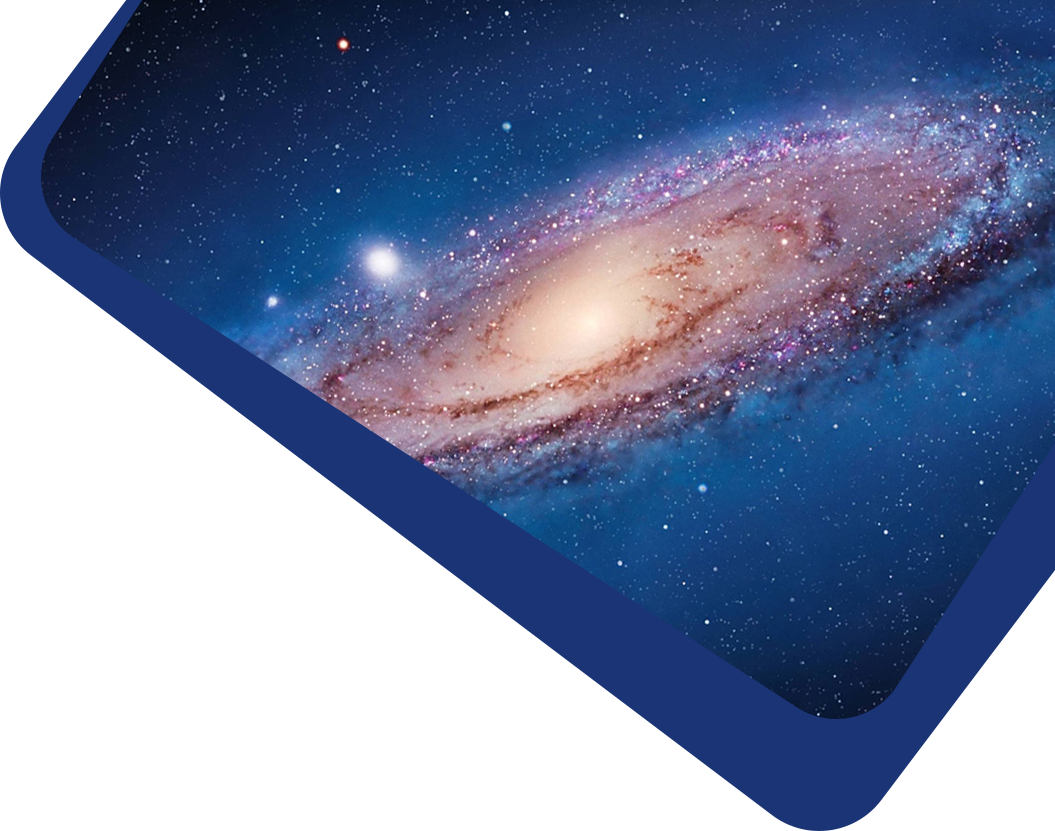In this paper, we propose a novel method using artificial neural networks (ANNs) to reconstruct the global 21 cm signal from measurements of the 21 cm power spectrum. The 21 cm global signal provides crucial information on cosmic evolution from the Dark Ages through cosmic dawn and the Epoch of Reionization. Single-dish telescopes directly measure the global signal, whereas interferometric experiments primarily measure spatial fluctuations, represented by the 21 cm power spectrum. While no direct mathematical relationship exists between these two observables-since they probe fundamentally independent Fourier modes-they are indirectly linked through their common dependence on underlying astrophysical and cosmological parameters. The ANN effectively learns this implicit, model-dependent relationship, enabling it to predict the global signal from the power spectrum. We demonstrate that the ANN accurately recovers the global 21 cm signal across a broad redshift range (z = 7.5–35) even under realistic observational noise scenarios corresponding to SKA-1 observations. The reconstruction accuracy depends significantly on the spatial scales (wavenumber k) included, with larger-scale modes yielding better results due to their stronger sensitivity to global astrophysical processes. Although the ANN method does not provide a model-independent verification of anomalous observations (e.g., the Experiment to Detect the Global Epoch of Reionization Signature absorption trough), it offers a computationally efficient and robust tool to infer the global signal within the context of standard astrophysical and cosmological models.



